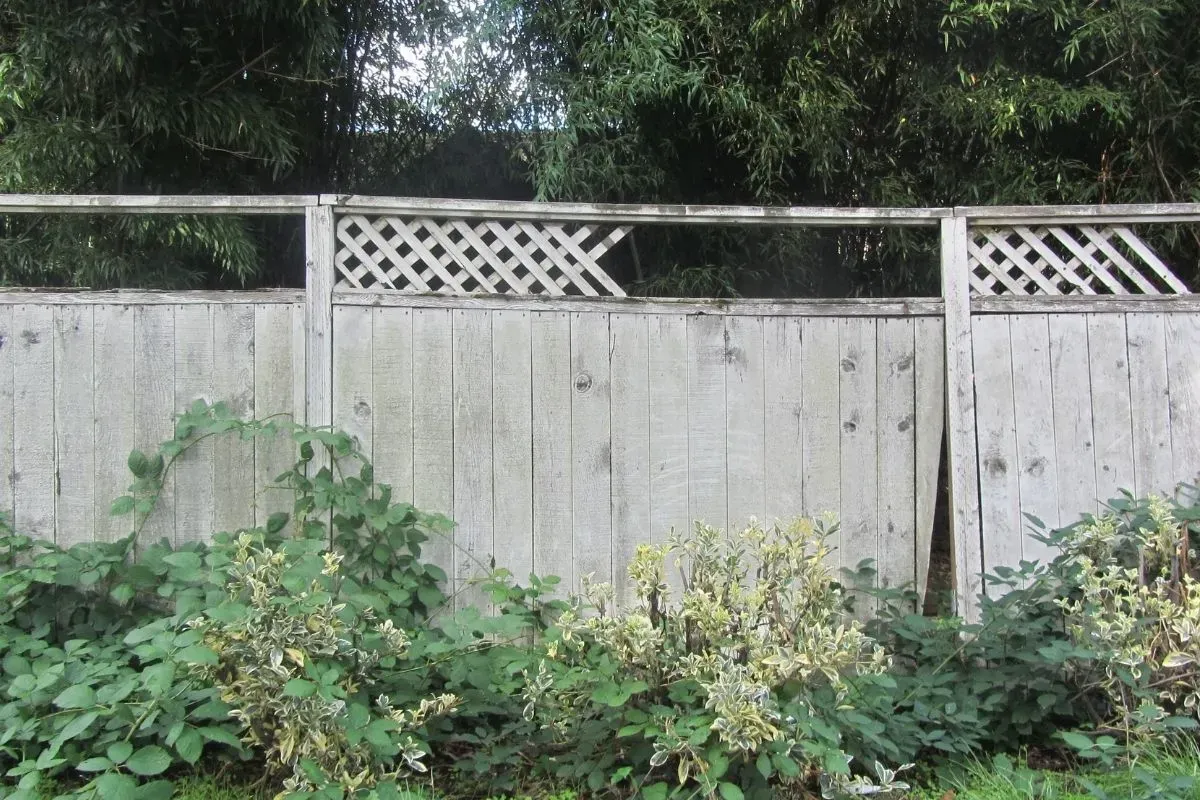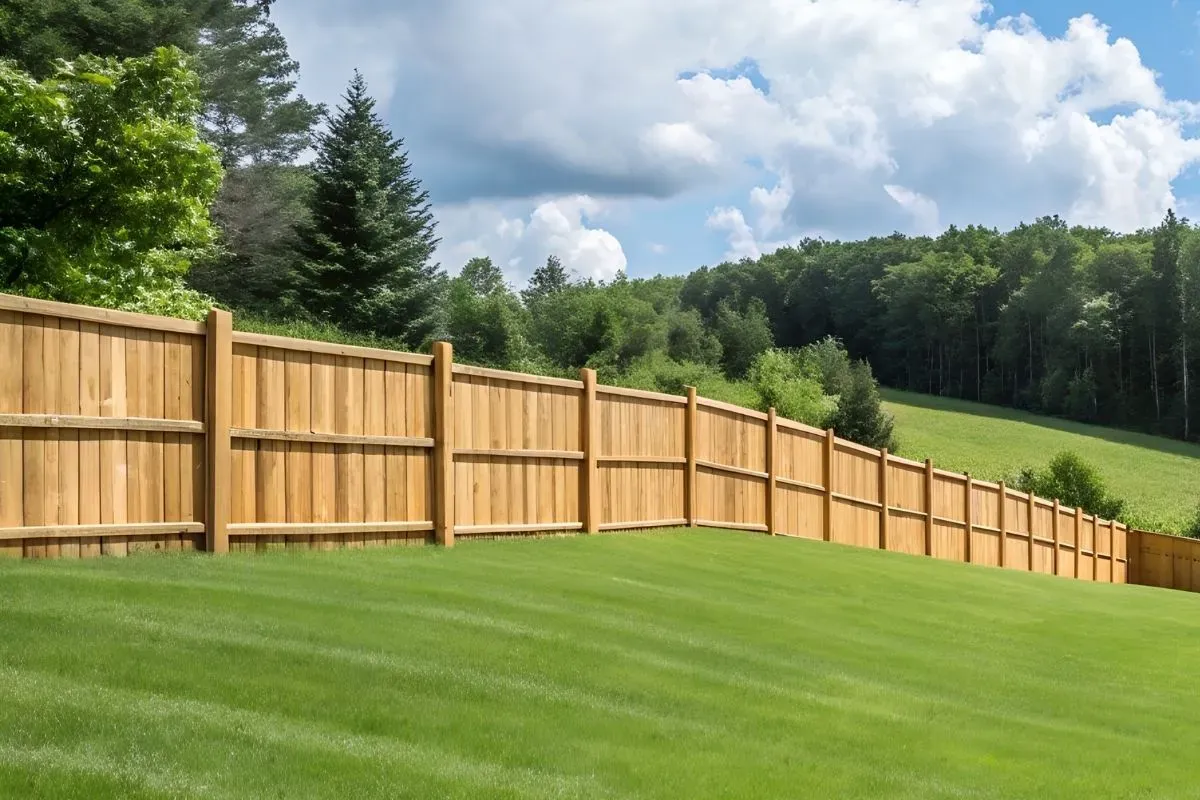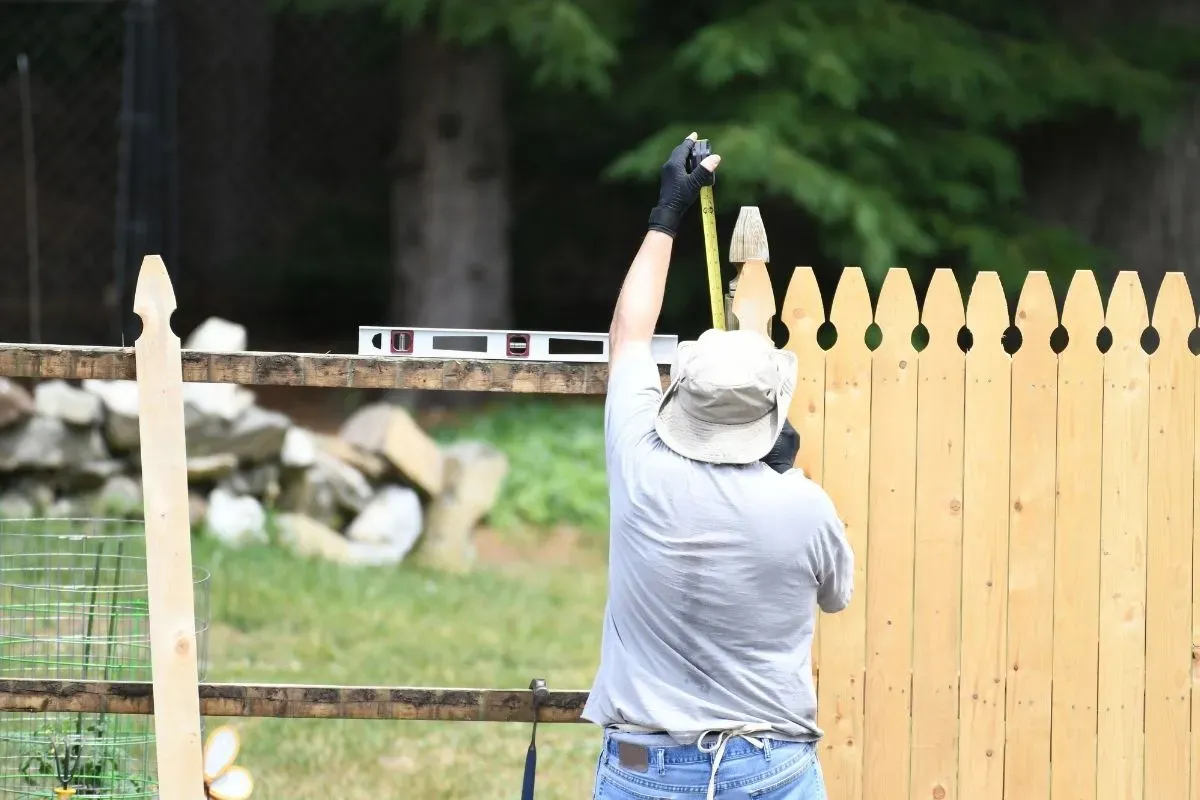Adding a fence to your property is a great way to boost security, enhance privacy, and even increase overall property value. But before you start digging postholes, there’s one question to answer: Do you need a building permit to install a fence? Understanding your local permit requirements is the first step to ensure your fence complies with regulations and avoids potential legal issues.
This guide will walk you through everything you need to know about building permits for fences, how to get one, and the risks of skipping the permit process.
Do You Need a Building Permit for a Fence?
Building permit requirements for fences vary depending on where you live. While some cities and counties mandate permits for fence installations, others might not. The best approach is to check with your local building authority to confirm what rules apply in your area.
For instance:
- Rock Falls, Illinois, and Littleton, Colorado require building permits for fences.
- Scottsdale, Arizona typically doesn’t require a permit for walls or fences shorter than 3 feet tall in most residential zoning districts.
To avoid compliance issues, check with your local building authority first before starting your fencing project.
What Is a Building Permit?
A building permit is an official document issued by your local building department or government agency allowing you—or your contractor—to proceed with construction or renovation work. It ensures that your project complies with local zoning, land use, and safety regulations, helping protect both your property and any future occupants.
For fencing projects, a building permit validates that your installation meets these standards, minimizing potential risks or issues down the road.
Why Might a Permit Be Required?
Local regulations, including land use and zoning laws, dictate fencing requirements like height, material, and location. The purpose of requiring permits is to:
- Uphold safety standards for property owners and the public.
- Enforce zoning regulations and property boundaries.
- Ensure compliance with construction laws.
Some municipalities have strict guidelines for fences to maintain a community’s aesthetics or ensure unobstructed visibility on street corners.
If you’re unsure about the ideal fence height for your property, consult our comprehensive Fence Height Guide.
Who Handles the Building Permit Process?
Either the homeowner or the fencing contractor can file the paperwork for a building permit, but it’s vital to establish upfront who will handle the process. Some fencing companies include this service with their project quotes, while others leave the responsibility to the property owner.
Typically, the homeowner pays the permit fees, so make sure this expense is part of your project’s budget.
How Much Does a Building Permit Cost?
Fence permit fees typically range from $50 to $350. The exact cost of a building permit for a fence project depends on factors such as:
- Property size
- Type of permit required
- Local fee structures
- Your location
How To Get a Building Permit for Your Fence Installation
If your local building department requires a permit for your new fence, here’s a general step-by-step guide to help you through the process:
Step 1: Contact your local building office. Share details about your project and ask if a permit is required. If it is, they’ll provide you with an application form and a checklist of required documents.
Step 2: Gather required materials. Depending on your project, you may need to submit drawings, schematics, or detailed descriptions of your fence.
Step 3: Submit your application and pay the associated fees. Once approved, the building department will issue your permit.
Step 4: Display your permit. Many jurisdictions require the permit to be visibly posted near the project site during construction.
Step 5: Schedule inspections. Depending on your local regulations, you may need to arrange inspections at specific project milestones to ensure compliance with building codes.
Step 6: Make any necessary changes. If the inspector identifies issues, address them promptly and request a reinspection.
Step 7: Complete your project. Once all inspections are cleared and your work is approved, you no longer need to display the permit.
Can You Build a Fence Without a Permit?
While it might be tempting to skip the hassle of obtaining a building permit, doing so is highly discouraged. Building a fence without the required permit can lead to several risks, including:
- Selling Challenges: Unapproved renovations may be flagged during a buyer’s inspection, potentially delaying or preventing the sale of your property.
- Insurance Issues: Damage resulting from unpermitted work may not be covered by your homeowner’s insurance policy, leaving you financially responsible for repairs.
- Legal Consequences: Non-compliance with local regulations can result in fines, stop-work orders, or even the need to tear down your fence and start over.
Ultimately, a permit ensures that your fence is safe, compliant, and long-lasting.
Does Top Rail Fence Provide Fence Permitting Assistance?
While Top Rail Fence does not directly provide permits, our fencing specialists are here to help. We’ll guide you through the permitting process and ensure your fence meets local regulations.
Planning your fencing project? Contact us today for a free quote and personalized assistance with your questions and concerns.
Don’t skip this important step—reach out today to start your stress-free fencing project!


